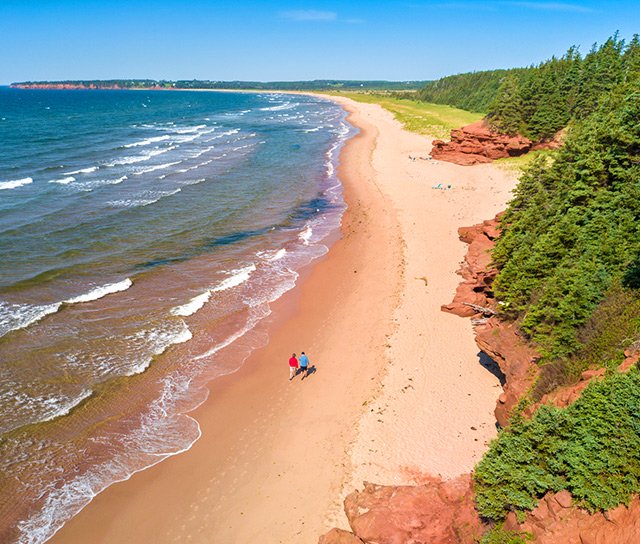

Blood island saint louis series#
Marie de Medicis promised a long series of benefits, including tennis courts and laundry boats for washing clothing and linen, to those who purchased lots and built houses on the island. Niches were built for statues between the arches, but, due to the difficulties of the regime, no statues were ever put in place. The bridge has five arches, each of different sizes. Various problems delayed the work on the bridge, which was not finished until 1635. The first part of the project was a new bridge, the Pont Louis XIII the first stone was laid by the young king himself, then age 13. She instructed him to fill in the canal which divided the two parts of the island, and to build solid stone banks entirely around the island. Beginning in 1614, he was chief builder for Marie de Medicis, the widow of Henry IV and regent of the young King, Louis XIII. The Pont Marie, which connects the island with the right bank, is named for Christophe Marie, one of the real estate developers of the island.

The urbanisation of the island was rapid within fifty years it was entirely occupied. The canal dividing the island was filled, plots laid out and imposing residences built. It was revived 1616 by the developers Christophe Marie, Poulettiere Le Regrettier. The island was destined for real estate development under King Henry IV, but the king's assassination in 1610 delayed the project. It was originally owned by the chapter of Notre-Dame cathedral. That portion was used for storing wood and building boats. In 1360 it was cut in half by a canal, at about the current Rue Poulettiere, in order to bring it into the protection of the new wall around the city built by King Charles V, The slightly smaller eastern portion was named the Ile des Vaches (Island of Cows) (not to be confused with another island of the same name farther downstream). Louis until 1840.The island was first known as the Île Notre-Dame, and was used mostly for grazing cattle, fishing, drying laundry, and occasionally for fighting duels. Lee was promoted to Captain in 1838 and remained in St. This channel change caused Duncan's Island to be washed away by the strong current on the St. This however, resulted in a better plan which ultimately joined Bloody Island to the Illinois shore, by a dyke system. The work was delayed by owners of town lots in Illinoistown who brought an injunction suit against the operations. Lee was sent here to supervise channel work. This resulted in the deposit of much silt below the town, creating Duncan's Island, which impeded navigation to the extent that no steamboat could land below Market Street. The current in the stream washing the City's levee was diminishing and threatened to leave the City high and dry if not altered. This island was so named because it was the scene of numerous duels. Louis in two streams of equal size divided by Bloody Island, now part of East St. During this time period, the Mississippi River passed St. The wharf was partially improved and paved after 1831, when the last vestiges of the stone bluff had disappeared. Louis by the animated appearance of its levee and the start of local steamboat construction.

Louis vicinity was growing rapidly with westward expansion, and this influence was manifested in St. It shows his plans for the construction of a dam from the head of Bloody Island to the Illinois shore, a revetment (a surface for an embankment) to protect the western shore of the island and a long dike extending south from the bottom of the island. This map is based on a survey conducted by Robert E. Churchill's Mill is identified, as is Pages Mills and the U.S. This map runs from Cascarot Island in the north to Bloody Island opposite Saint Louis, to Dunstand Island just below Saint Louis, and to Cahoe Island in the south. Report of the Chief Topographical Engineer," in Public Documents Printed by Order of the Senate of the United States vol. Lee, conducted in 1837, which appeared in Based upon an earlier survey by Robert E. Rare map of a section of the Mississippi River, centered on St.


 0 kommentar(er)
0 kommentar(er)
